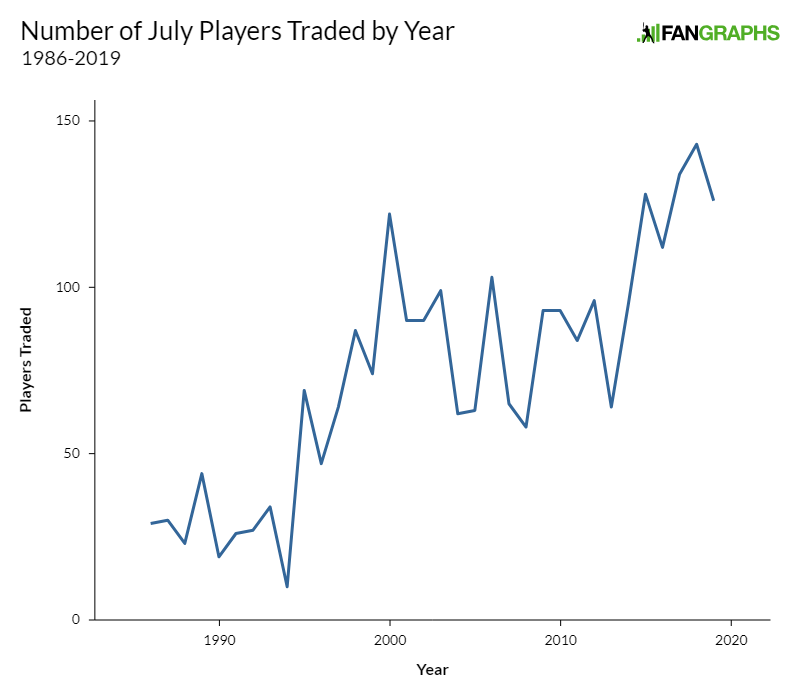Here Come the Mets
Making fun of the Mets’ peripatetic approach to roster construction has become a cottage industry. This offseason was a bonanza. Look! A wild Edwin Díaz has appeared, and he brought Robinson Canó with him. Look! Dominic Smith is somehow playing the outfield in the major leagues on a team with Michael Conforto and Brandon Nimmo on the roster. Look! The team added Jed Lowrie to fully bury Jeff McNeil on the depth chart.
Over the last week before the trade deadline, it felt like more of the same. The Mets were going to ship out Noah Syndergaard, one of the most electric pitchers in baseball. They were trading Díaz, only half a season after paying a king’s ransom for him. They were buyers! They acquired Marcus Stroman, after all. Maybe that was just a tactic, though — Syndergaard rumors continued to pop up, and there was enough smoke around Díaz to the Red Sox that it was easy to assume there was a fire somewhere.
When the dust settled on the trading deadline, the unthinkable had happened. The Mets held on to their most obvious trade chip, Zack Wheeler. Only two months from free agency, Wheeler won’t be helping the Mets in 2020 without a new contract. He’s also in fine form this year, and might bring back some prospects to replenish a farm system depleted by trades and graduations. When the deadline buzzer sounded and Wheeler was still wearing blue and orange, the take mills started up. What was Brodie Van Wagenen doing, and how could it best be played for comedy?
It might be time to put away your LOLMets kazoos and pom-poms. The Mets are surging, winners of 15 of their last 20 games, and they’ve run their playoff odds up from 3.9% to 32.7%. A team that earlier this summer felt like a punchline now has better odds of making the playoffs than offseason darlings like the Brewers and Phillies. Read the rest of this entry »

